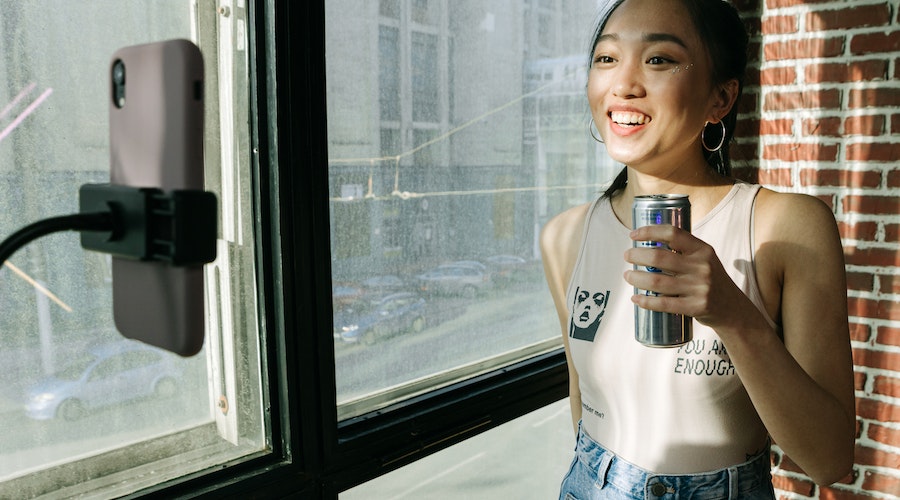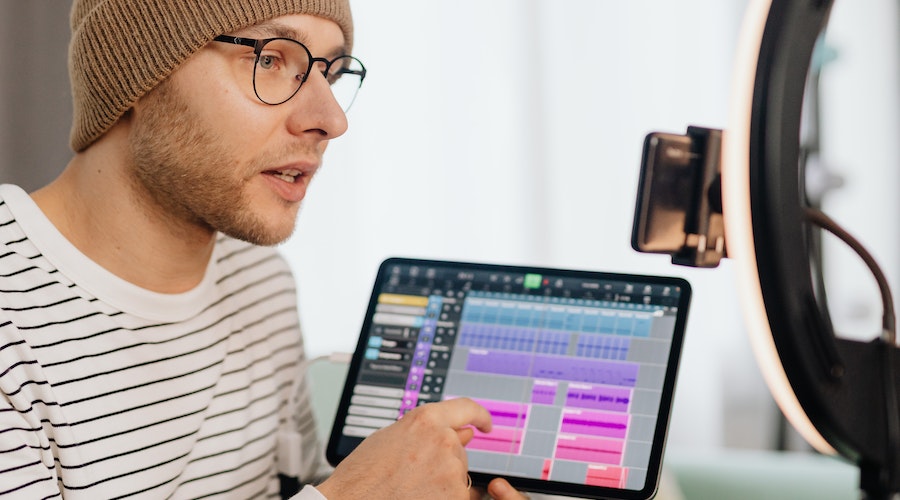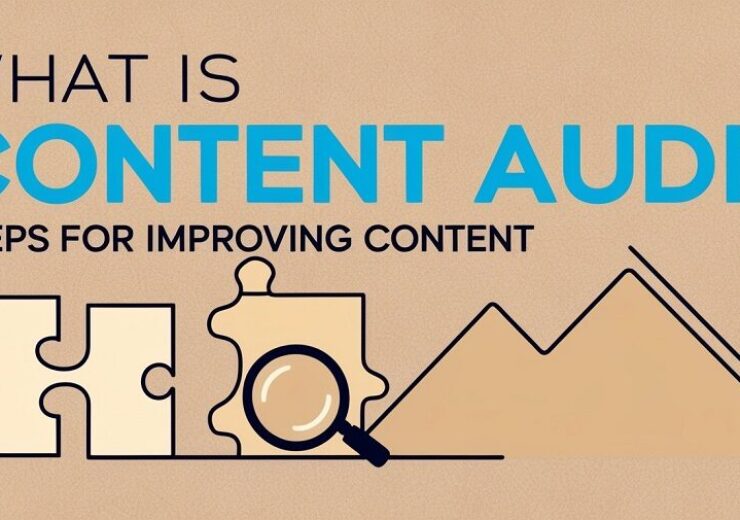Influencer Marketing Through the Years: How Influencers Changed the Marketing Industry

The proliferation of the Internet, especially social media, gave birth to millions of online celebrities called influencers of today. These influencers have become an integral part of brands to share their products and offerings to the world by partnering with them so they can reach more people.
This is where influencer marketing takes place. Influencer marketing is a type of marketing that allows businesses to collaborate with influencers or individuals with a huge following to increase brand awareness and exposure. Companies partner up with people on social media with a lot of followers to post content about their products and services. As these influencers publish content promoting the brand, their followers, especially the more devoted ones will most likely try out the brand as they trust these influencers. This boosts the conversion rate of the brands being promoted.
This industry is constantly growing as the number of influencers on social media platforms grows as well. It is significant to understand influencer marketing as an entrepreneur or marketer in the digital age. In fact, influencer marketing is now a $21.1 billion industry according to the State of Influencer Marketing 2023: Benchmark Report. When done right, influencer marketing could give several benefits to your business such as sales growth, raising brand awareness, attracting quality leads, establishing credibility, trust and strong brand equity, and cost-effectiveness.
The Evolution of Influencer Marketing
 So when did influencers become a thing?
So when did influencers become a thing?
Before social media became a thing, influencer marketing already existed even as early as the 18th century. According to the history of influencer marketing, marketers in ancient times took advantage of influential people. For instance, Josiah Wedgwood, a British potter used the influence of Queen Charlotte who approved his cream-colored artwork to promote and brand his pottery as the “Queensware” known as the first luxury brand. This endorsement catapulted his brand into stardom making people flock to his business and works.
Other early influencer marketing strategies include utilizing fictional characters to promote products like a Santa mascot endorsing Coca-Cola products during Christmas, celebrity endorsements like Michael Jordan promoting brands like Nike, reality TV personalities promotions like the Kardashians showing off their makeup brands, etc.
All the early influencer marketing strategies lead us to influencer marketing as we know it today. Influencer marketing boomed with the rise of social media. Individuals can now become instant celebrities in the online world by posting viral and relatable content to their channels. They can become vloggers on YouTube, models on Instagram, bloggers on Twitter, content creators on Facebook and TikTok, etc. A lot of brands nowadays leverage the reach and following of these influencers to increase their brand awareness and engagement.
The influencer marketing strategy has a huge impact on traditional advertising as more and more businesses shift their focus in promoting their brands online hence, getting more online celebrities or influencers. Traditional advertising still exists and is relevant and today is usually mixed with a counterpart online advertising to further boost the reach of the campaigns.
Key Milestones in Influencer Marketing
 Going back, the first influencer marketing that happened in history was when Queen Charlotte promoted Josiah Wedgwood’s pottery hence making the Queen the first influencer ever. When it comes to the influencer marketing of today, there are several pioneering influencers and campaigns that vary in every platform.
Going back, the first influencer marketing that happened in history was when Queen Charlotte promoted Josiah Wedgwood’s pottery hence making the Queen the first influencer ever. When it comes to the influencer marketing of today, there are several pioneering influencers and campaigns that vary in every platform.
The modern-day influencers did not actually start with the emergence of social media, it started with mommy bloggers. In 2002, Melinda Roberts created TheMommyBlog.com which allowed her to share her experiences as a mother both high and low influencing other mothers in the world on how they could parent their children effectively.
Today, with the introduction of social media channels and the rise of new ones, more and more influencers flourish. The latest and hottest influencers of today come from the platform TikTok.
There are several TikTok influencers nowadays that play an integral part in influencer marketing, especially for campaigns focused on the younger generation or Gen Zs. Some of these TikTok influencers are Bella Poarch, Charli D’Amelio, Addison Rae, and Zach King. Content creation nowadays is heavy on making short-form videos which is why TikTok and its counterparts like YouTube Shorts, Facebook, and Instagram Reels are also flourishing.
How Influencers Changed Marketing Strategies
 Influencing marketing or influencer collaboration and traditional advertising have differences. Traditional advertising strategies allow brands to reach big audiences through mass media like TV, radio, and print.
Influencing marketing or influencer collaboration and traditional advertising have differences. Traditional advertising strategies allow brands to reach big audiences through mass media like TV, radio, and print.
These strategies reach the general public or individuals who use these channels. On the other hand, influencer marketing is more focused on reaching targeted niche audiences through influencers who cater to their influencers with specific interests and needs.
Authenticity and Trust in Influencer Marketing
The followers of influencers trust them when it comes to the specific industry they are promoting or focusing on in their channel. Influencers who specialize in makeup products are valued by their followers as they are viewed to be knowledgeable and experts on these topics. This makes the influencer’s followers easily convinced whenever the influencer promotes a product on their channel.
Moreover, as influencers chronicle their life on social media and show it to their followers, they are seen as authentic people making them more relatable to their fans, hence why their fans admire them and hold importance to their opinions and lifestyle.
Metrics and ROI in Influencer Campaigns
You can measure the metrics and ROI of your influencer campaigns through affiliate links that are unique and specific to every influencer. These links could provide data about the number of clicks on your site and the order size.
Other metrics and ROI include dedicated landing pages, unique discount codes, brand awareness, brand engagement, earned media value, referrals, backlinks, and tags and mentions.
Case Studies
 There are several success stories about influencer marketing campaigns. From Dunkin Donuts, McDonald’s, Magnum, Chipotle, Tinder, and Levi’s- these brands have successfully launched and executed influencer marketing strategies to their target market.
There are several success stories about influencer marketing campaigns. From Dunkin Donuts, McDonald’s, Magnum, Chipotle, Tinder, and Levi’s- these brands have successfully launched and executed influencer marketing strategies to their target market.
1. The Charli Campaign:
Dunkin Donuts partnered with Charli D’Amelio who was the most followed TikTok influencer at the time, who is currently #2 behind Khabylame. For their campaign, they had Charli promote Dunkin with TikTok content of her ordering and consuming the product. The campaign became viral with the hashtag #CharliXDunkinContest and released the two drinks named after the influencer “The Charli ”. Consequently, The Charli campaign led to a 57% increase in downloads for the Dunkin’ Donuts app during its launch. Moreover, on the next day cold brew sales increased by 45%.
2. Zach King with Google
Zach King was tapped by Google to exhibit the amazing qualities of Google’s Pixel phone through his awesome magic talents and skills. As he is known for his awe-inspiring edited videos, Zach published posts where he seems to perform magic and other wonderful tricks using the Google Pixel to emphasize its impressive features. The campaign generated a lot of buzz for the launching of the phone showcasing how creative and entertaining content and influencers can make a product launch extraordinary and successful.
Lessons Learned from Failures
If there are success stories, there are also failures in influencer marketing like the Pepsi ad with Kendall Jenner that revolves around a protest scene. This advertisement became viral on social media for the wrong reasons. The lesson from this failure is that brands should be careful in making ads targeting social and political issues because they could result in backlash and boycotts if done wrong.
Brands should be cautious and careful when talking about serious issues in the content they publish. Lessons from other failed influencer marketing campaigns are collaborating with the correct influencer, the ones who are not problematic and cater to your niche market, authenticity in using products, and being careful on the platforms where you will publish your content.
Challenges and Ethical Considerations
 There are various challenges and ethical considerations when employing an influencer marketing strategy. You need to be aware and cautious about regulatory issues and guidelines to avoid problems such as material connection disclosure, misleading endorsements, copyright infringement, crafting a detailed influencer contract, performing thorough market research, partnering with honest influencers, disclosing the paid partnership, and more.
There are various challenges and ethical considerations when employing an influencer marketing strategy. You need to be aware and cautious about regulatory issues and guidelines to avoid problems such as material connection disclosure, misleading endorsements, copyright infringement, crafting a detailed influencer contract, performing thorough market research, partnering with honest influencers, disclosing the paid partnership, and more.
As a marketer, you have to be wary of the possible legal issues when starting your influencer marketing campaign. You have to be careful and prepared with the regulatory guidelines you must adhere to.
Fostering a good relationship with influencers will bring more value to you as you both could develop trust in each other hence, making your campaigns look natural and authentic to your audience. Managing influencer relationships is important as it can make or break your campaigns. If you have a good relationship with your talent, they could provide you with content that is more than what is expected from them. They would exert more effort and give utmost importance to the success of your influencer marketing campaign.
Maintaining transparency in your influencer marketing strategy is also vital as it could generate more trust, credibility, and engagement in your campaigns. You have to choose the right influencers who share your values, have a real interest in your product or service, and have a loyal following.
You have to be transparent to your influencers and consumers and share important information about your campaign and products. It makes your company honest and open which in turn encourages your consumers to trust your product offerings.
Future of Influencer Marketing
 With the constant advances in social media, it is undeniable that more and more trends will come that will shape the future of influencer marketing.
With the constant advances in social media, it is undeniable that more and more trends will come that will shape the future of influencer marketing.
1. The increase of in-house influencers:
The future of influencer marketing is seen in the increase of in-house influencers. Currently, more brands are starting to notice the significance of partnering with influencers, hence they find new ways to connect and work with them efficiently. This results in them having in-house influencers where they can build long-term relationships and ensure the efficiency and success of their marketing strategies. Instead of focusing only on publishing content, in-house influencers put emphasis on forming deep connections and relationships with people, especially the target audience of the brand they are working for. In-house influencers will take over the future of influencer marketing as they provide loyalty and relatability that other influencers do not possess and have. The endorsements and campaigns of in-house influencers are seen to be more believable, genuine and real.
2. The rise of CGI Influencers:
CGI influencers are predicted to invade the world of influencer marketing. CGI influencers are social media influencers who are made using artificial intelligence and computer-generated visuals. Its introduction in the industry has transformed how brands view partnerships and collaborations. Designers and programmers of today curate each scene of the life of the CGI influencer. They can be seen in different unique locations and events in their social media channels. These CGI influencers’ photos could also use advanced Image editing services, to enhance your images, making your influencer marketing campaign look more professional and engaging. Moreover, CGI influencers are currently becoming popular because when they are used, brands can fully control how their products and offerings are being advertised as opposed to social media influencers in real life which can cause unpredictability and other issues.
3. The increase in demand for micro and nano influencers
Micro and nano influencers are becoming more relevant than ever as brands start to realize the notion that less is more. These influencers who have fewer social media followers actually have better and higher engagement rates than those with hundreds of thousands of followers. The increase in demand for micro and nano influencers showcases the future of influencer marketing as brands start to focus more on connecting with their target market more efficiently by partnering with influencers who are more relatable, reliable, trustworthy, and have a closer and stronger relationship to their followers. Micro and nano-influencers interact more with their followers and are viewed as ordinary people by their followers, making their promotion effective, relevant, and efficient.
4. More sustainable practices in influencer marketing
Sustainability is one of the most important elements that brands take into consideration nowadays as we live in a time of heightened social and environmental awareness. This fact makes influencer marketing in the future focused on influencers who are genuine about sustainability and causes that champion environmental consciousness and social responsibility. Brands are set to partner with content creators who align with their values and are passionate about their surroundings to create more impactful campaigns. Furthermore, other sustainable practices in the future of influencer marketing include highlighting real experiences with diverse content creators, leveraging nano-gaming influencers to educate their younger audience about sustainability, and using podcasts as part of your influencer campaigns as they are seen to be more environment-friendly compared to other marketing channels.
Conclusion
Truly, there is a rich history of influencer marketing. This article unveiled when influencers became a thing through the story of Queen Charlotte promoting Josiah Wedgwood’s pottery, hence the Queen becoming the first-ever influencer in the world. There are also animated and fictional characters as endorsers, celebrities and reality TV stars, mommy bloggers, and current social media content creators like TikTok influencers.
Influencer marketing has grown to become an impactful part of the marketing industry that every brand and marketer should utilize. It has allowed entrepreneurs to market their products to their niche audience and effectively generate leads and engagement. Marketers and businesses must realize the full potential of influencer marketing, apply it to their campaigns, and take advantage of it. They should execute an effective influencer marketing strategy that will speak volumes and achieve their business goals and objectives. In the end, influencer marketing builds credibility and trust in brands and their products making the businesses’ success and growth sustainable and long-lasting.
Author’s Bio

Vy, Removal.AI
Vy is a content writer for Removal.AI– an AI tool used to remove bg from images for social media, eCommerce, web, app development, and marketing automation. She loves to share her insights about tech, AI, and marketing.




